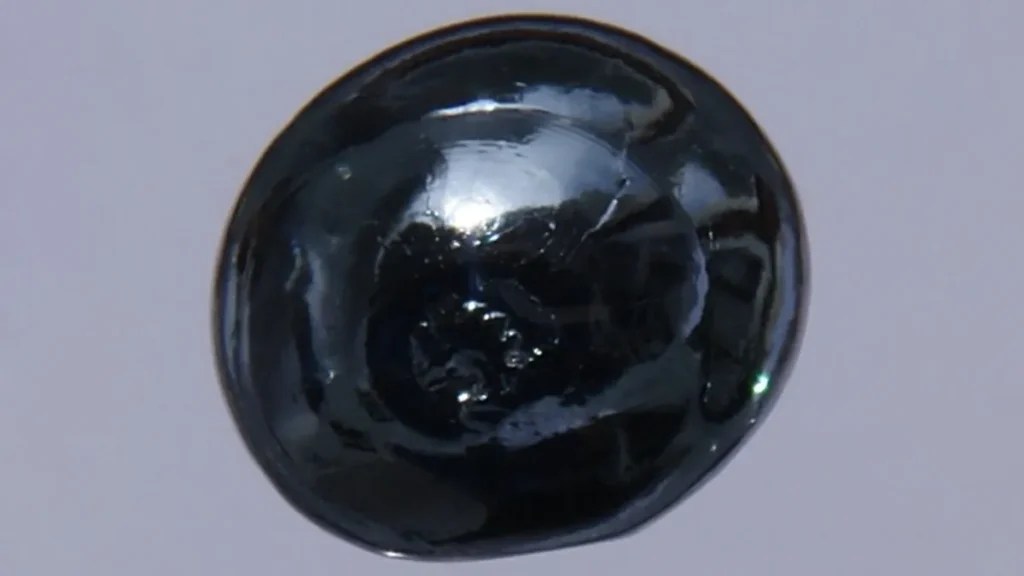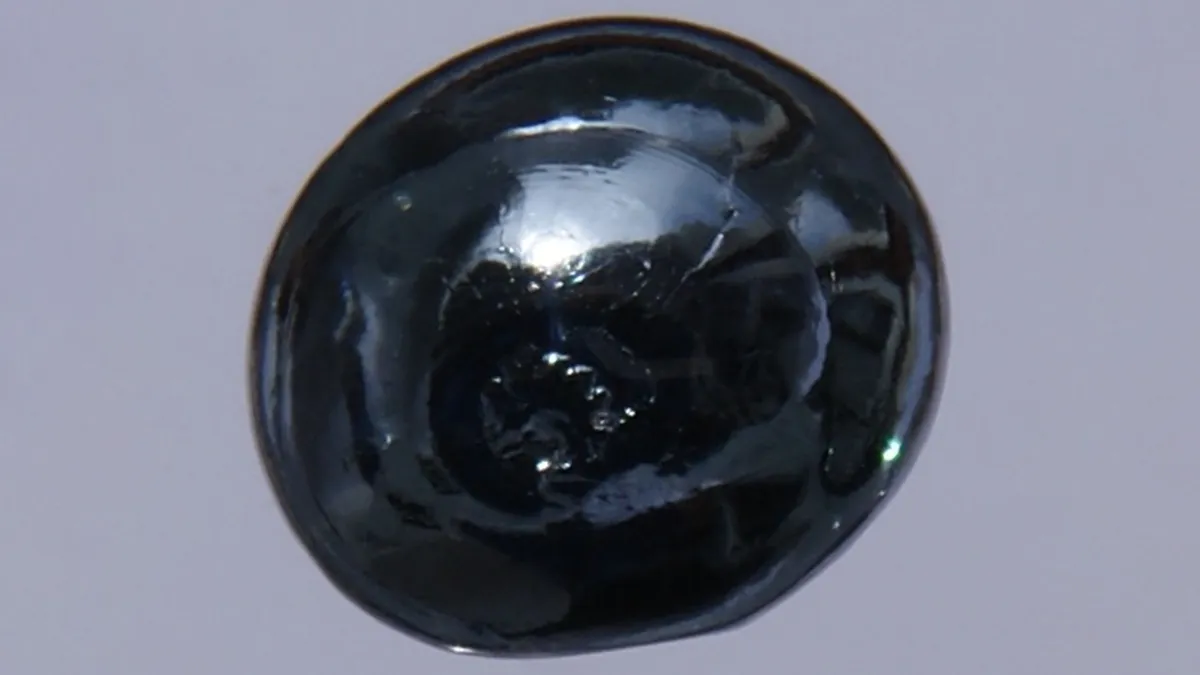
Introduction to Asteroid 33 Polyhymnia
Asteroid 33 Polyhymnia, discovered in 1854 by French astronomer Jean Chacornac, is a large main-belt asteroid named after the Greek Muse of sacred poetry and hymns. Recent studies suggest that this celestial body may harbor elements that are not present in the known periodic table, potentially revolutionizing our understanding of chemistry and materials science.
Discovery and Characteristics
33 Polyhymnia orbits the Sun between Mars and Jupiter. It is approximately 53 kilometers in diameter and has an average orbital period of 4.87 years. Polyhymnia’s surface composition has intrigued scientists for decades due to its unique spectral features.
Recent Findings and Analysis
In a groundbreaking study, astronomers using advanced spectroscopy techniques have identified unusual spectral lines in the light reflected from Polyhymnia. These lines do not correspond to any known elements or compounds, suggesting the presence of previously undiscovered elements.
Spectroscopy Techniques: Researchers utilized high-resolution spectroscopy to analyze the light spectrum from Polyhymnia. This method allows scientists to determine the composition of celestial bodies based on the light they emit or reflect.
Unidentified Spectral Lines: The unusual spectral lines detected are not matched by any known substances on the periodic table, hinting at the existence of new elements with unique atomic structures.
Implications for Chemistry and Materials Science
If confirmed, the discovery of new elements on 33 Polyhymnia could have profound implications for various fields of science and technology.
Expanding the Periodic Table: The potential addition of new elements would expand our current periodic table, providing insights into unknown atomic configurations and chemical properties.
Novel Materials: New elements could lead to the development of novel materials with unique properties, potentially advancing technology in fields such as electronics, aerospace, and medicine.
Challenges and Next Steps
Confirming the presence of new elements on Polyhymnia presents several challenges. Current technology does not allow for direct sampling from the asteroid, so scientists must rely on remote sensing techniques and computer models.
Further Spectroscopic Studies: Continued spectroscopic observations using both ground-based and space telescopes will be essential to verify the initial findings and better understand the asteroid’s composition.
Potential Space Missions: Future space missions aimed at Polyhymnia could provide direct samples, offering definitive proof of the existence of new elements. Such missions would likely involve collaboration between multiple space agencies and advanced robotic technology.
Conclusion
The possibility that Asteroid 33 Polyhymnia contains elements outside the periodic table is an exciting development in the field of astronomy and chemistry. While further research and technological advancements are needed to confirm these findings, the potential discovery of new elements could significantly expand our scientific knowledge and lead to revolutionary advancements in material science and technology.
For more information, you can explore detailed studies and ongoing research projects related to Asteroid 33 Polyhymnia through scientific journals and NASA’s asteroid research programs.

